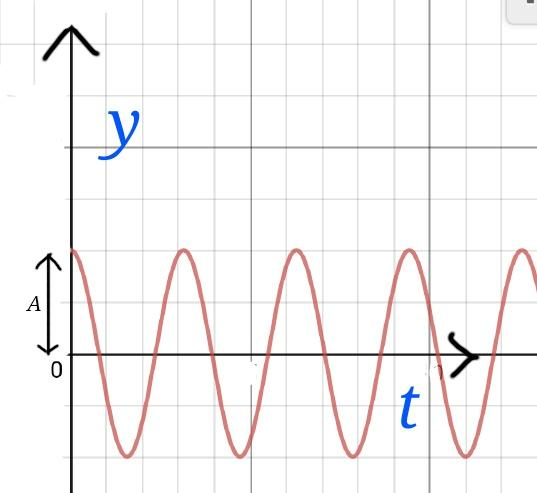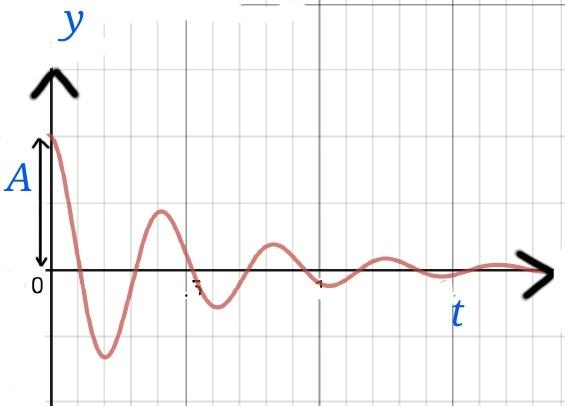Question
Question: Define oscillatory motion....
Define oscillatory motion.
Solution
Hint: A motion is said to be oscillatory if its diagram in displacement-time graph is either
A. Sinusoidal with constant amplitude. (undamped)
B. Sinusoidal with decreasing amplitude. (damped)
Complete step-by-step answer:
We first need to know about the simple harmonic motion where the force on a body is proportional to its displacement from a mean position. Its equation of motion can be given by,
mdt2d2y+Rdtdy+ky=0
Where R is the damping force per unit velocity of the object. k is called the force constant. The equation is modified as,
dt2d2y+2bdtdy+ω02y=0
Here, 2b=mR and ω02=mk
Undamped oscillatory motion- In this case, R=0 ⇒ b=0. Hence the equation reduces to,
dt2d2y+ω02y=0
The solution will be, y=A.cos(ω0t−θ)
Where, A is the amplitude of oscillation and θ depends on the initial conditions. Its diagram looks like…..

Its energy is given by,
E=Ek+Ep=21m(dtdy)2+21mω02y221ˉmω02A2
Damped oscillation- In case b=0, oscillation can only be observed if b≤ω0 and in all the other cases no oscillation will be observed.
If b≥ω0 ,the motion is called over damped.
If b=ω0, the motion is said to be critically damped.
In these two cases there is no oscillation. For oscillation (damped), b≤ω0
In this case, the solution is given by, y=A.e−bt.cos(ωt−θ)
Here, ω=ω02−b2

The diagram will look like this.
In this case, the amplitude decreases as , A1=Ae−bt
Its energy can be shown to be E=21mω02A2e−2bt
Note: There is another type of oscillation that is called forced oscillation. In this case, the system is forced to move in oscillation by an oscillatory external force.
